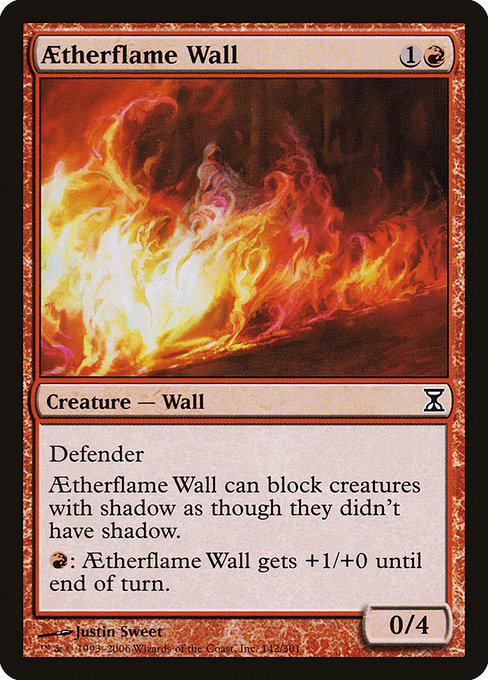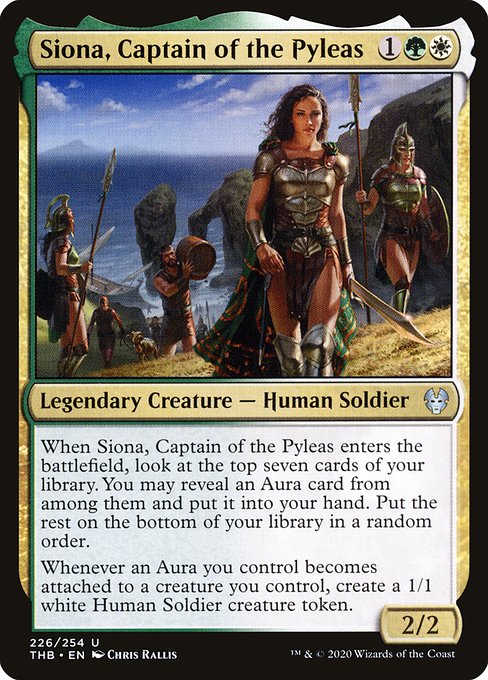Deck & Commander Strategies

Gisela, Blade of Goldnight
Aggressive angel tribal with a focus on dealing damage quickly and leveraging powerful flying creatures to pressure opponents.

Tymna the Weaver
Abzan infect strategy aiming to poison opponents quickly while generating incremental advantage through combat damage and card draw.

Sidar Kondo of Jamuraa
A more traditional midrange build focusing on efficient creatures and combat tricks to control the board and pressure opponents.

Kaalia of the Vast
Cheats out powerful angels, demons, and dragons by attacking, leveraging the exile mechanic to cast threats from other players’ exiled cards.

Siona, Captain of the Pyleas
Voltron and token synergy deck that boosts the commander with auras and benefits from generating tokens to overwhelm opponents.
Gameplay Insights
- 1
The shared exile zone allowed players to cast spells from opponents' decks, creating unpredictable game states and forcing flexible play.
- 2
The infect mechanic on multiple decks heightened the threat level, making every attack potentially game-ending and influencing defensive priorities.
- 3
Competition over land cards in the exile zone was a critical early-game element, as mana development directly impacted players' ability to capitalize on the shared resources.
- 4
The Boros walls deck deliberately played less threatening cards to avoid empowering opponents through the shared exile pool.
- 5
Siona’s Voltron strategy aimed to exploit auras potentially drawn from other decks, adding an extra layer of synergy when combining cards across players.
Notable Cards
-

Aetherflame Wall
-

Temple of Malady
Gameplay Summary
The game started with a unique custom format inspired by Share the Spoils, where players exile the top card of each other's libraries and can cast spells or play lands from among those exiled cards.
This mechanic created a dynamic environment where players could access a broader array of cards beyond their own decks, leading to interesting strategic decisions and interactions.
Early turns involved players carefully managing their exiled cards, vying for key lands, and trying to build board presence while navigating the unusual shared resource pool.
The tension over land drops was notable, as having access to lands in the exile zone affected mana development. Throughout the game, the infect theme played a significant role with one player running an infect build, which made every attack potentially lethal and forced opponents to remain vigilant.
Meanwhile, the Kaalia of the Vast deck aimed to cheat out powerful angels, demons, and dragons, leveraging the exile mechanic to cast threats from other players’ piles.
Another player piloted a Boros walls deck focused on defensive and value-oriented plays, intentionally presenting a less aggressive board to capitalize on the shared exile cards.
The Siona, Captain of the Pyleas deck combined Voltron with token synergies, looking to boost itself with auras and gain advantage from the chaotic card sharing.
The game’s turning points revolved around managing the shared exile zone efficiently, balancing aggressive infect attacks with defensive plays, and exploiting key creatures or auras pulled from opponents’ libraries.
Ultimately, the interaction of multiple players having access to infect and auras, alongside the constant flux of exiled cards, created a highly interactive and unpredictable game state.























![Sidar & Tymna vs. White Weenie [Duel Commander-EDH] - Magic: The Gathering thumbnail](https://i.ytimg.com/vi/r_TUA4yj49A/sddefault.jpg)




![Commander VS S6E5: Sidar Kondo/Thrasios vs Ravos/Vial Smasher vs Tymna/Tana vs Ludevic/Kraum [MTG] thumbnail](https://i.ytimg.com/vi/LynU4jB9XLA/sddefault.jpg)




























![Random Deck Roulette! [Commander VS 291] | Magic: the Gathering Commander Gameplay thumbnail](https://i.ytimg.com/vi/L2Xh88xu-bk/sddefault.jpg)
